
In 1983, the theoretical physicist Brandon Carter concluded that the time it took for humans to evolve on Earth -- relative to the total lifespan of the Sun - suggests that our evolutionary origin was intrinsically unlikely.
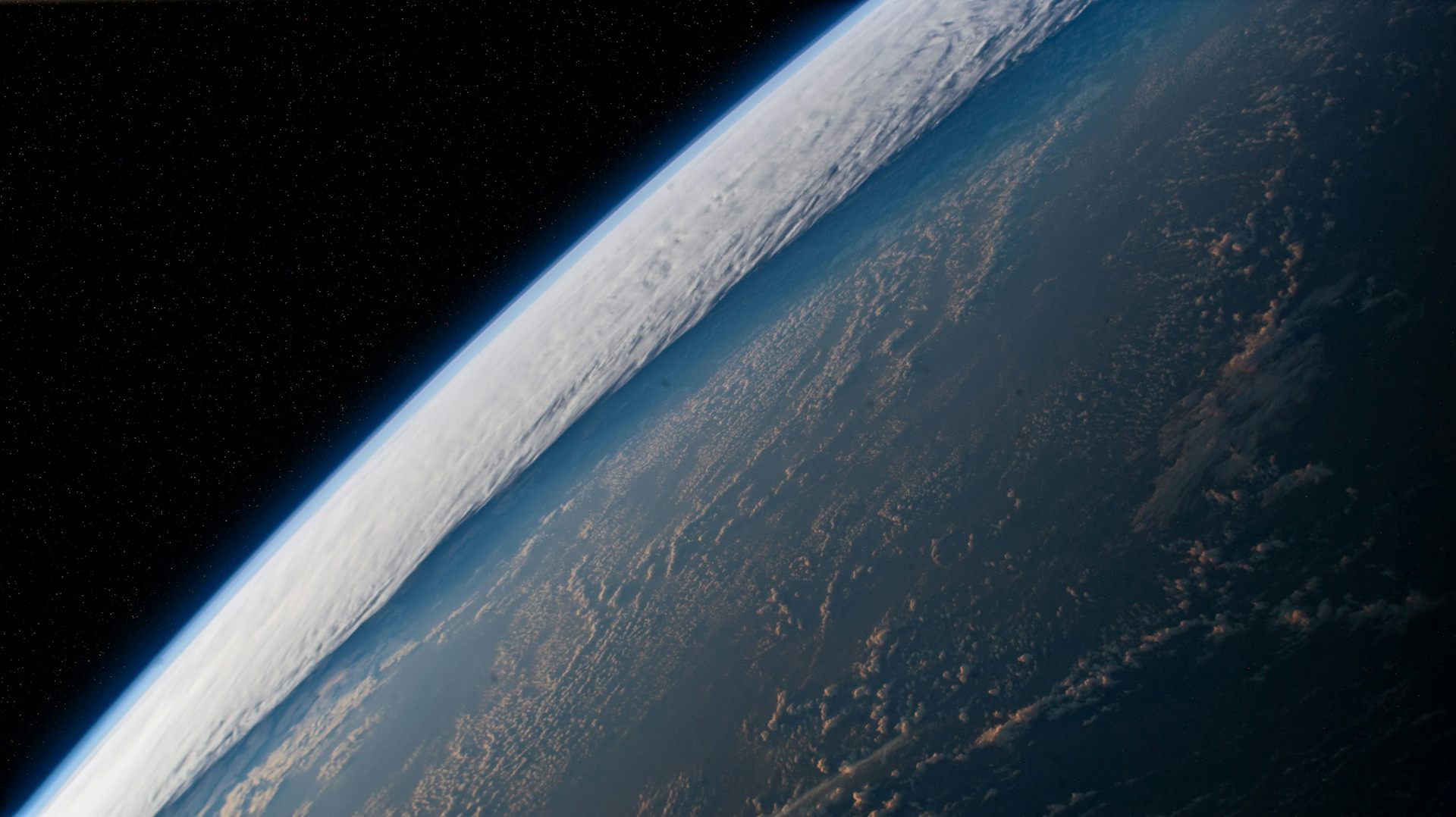
Earth must have experienced something exceptional 10 million years ago. A strange increase in the radioactive isotope beryllium-10 was found in rock samples from the floor of the Pacific Ocean.
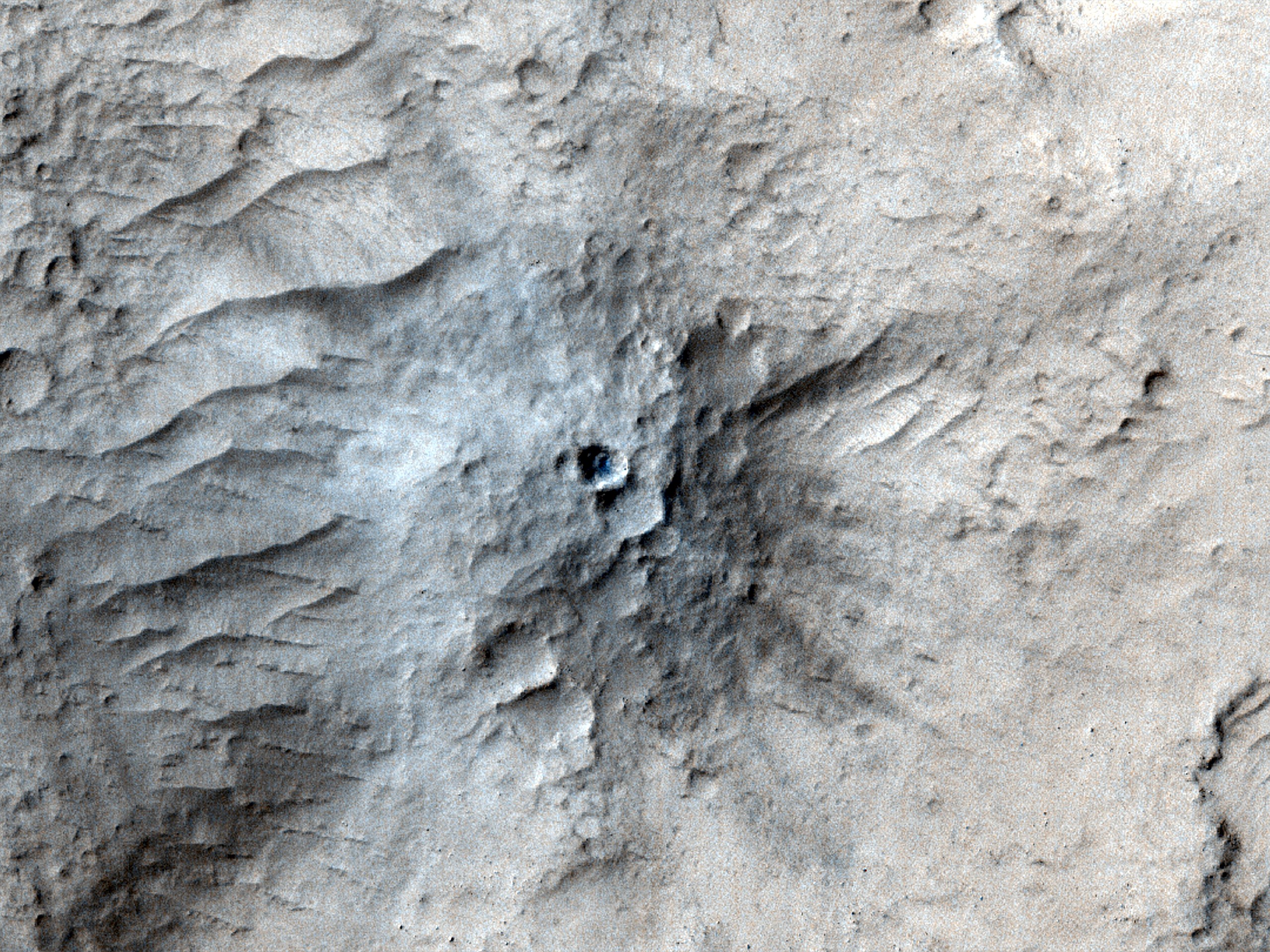
Meteoroids striking Mars produce seismic signals that can reach deeper into the planet than previously known.
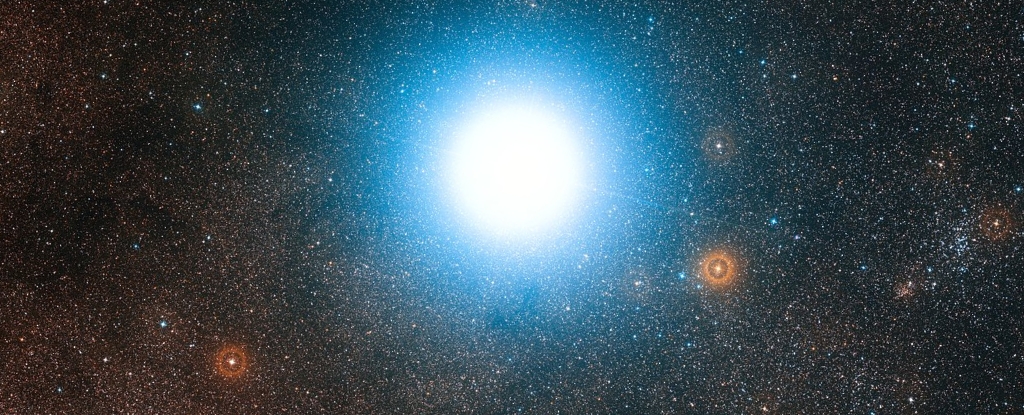
The Alpha Centauri (AC) star system is our nearest stellar neighbour and it is moving toward us, presenting an excellent opportunity to study how material might move between Solar Systems.
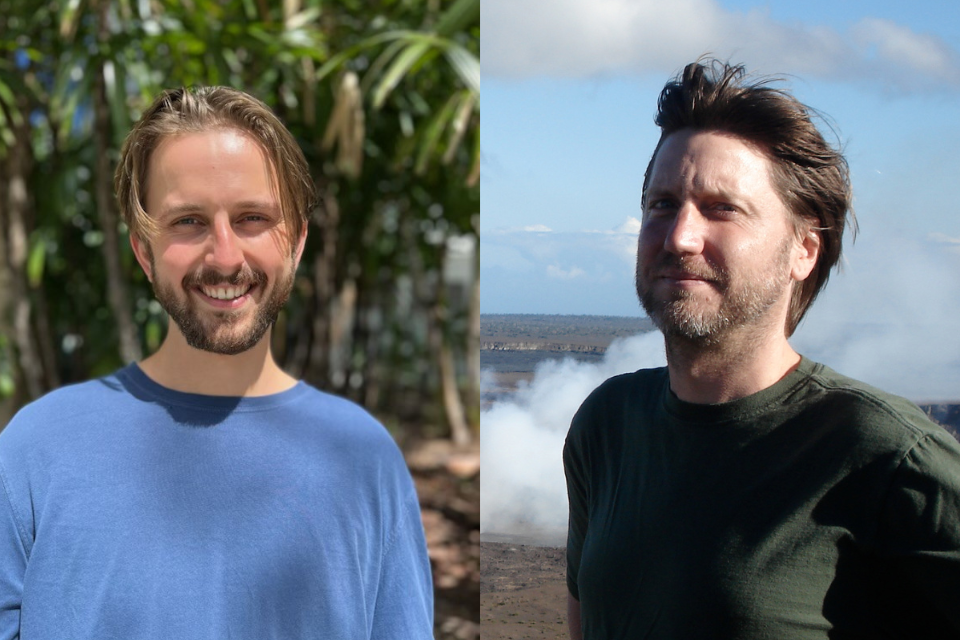
A Canadian-led team of international astronomers has made a groundbreaking discovery about how young planets form and grow using a creative approach with unique tools of the James Webb Space Telescope.
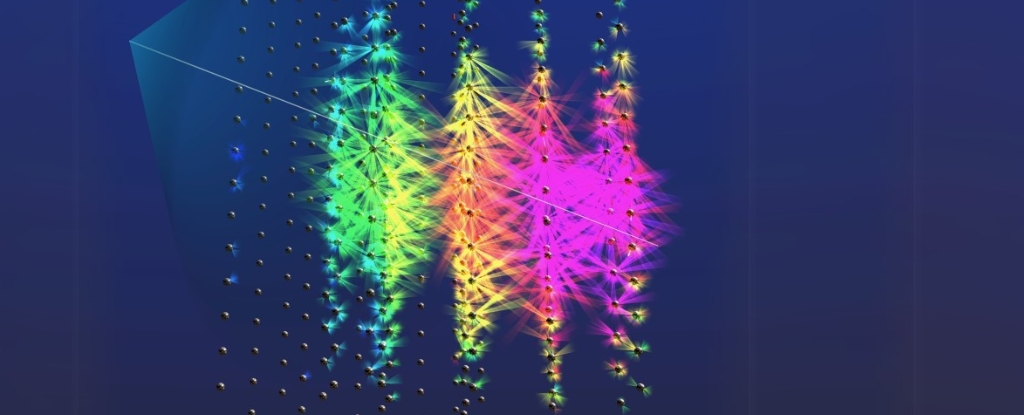
On 13 February 2023, an undersea detector off the coast of Sicily picked up a record-breaking neutrino event. The particle's energy was estimated to be a whopping 220 petaelectronvolts.
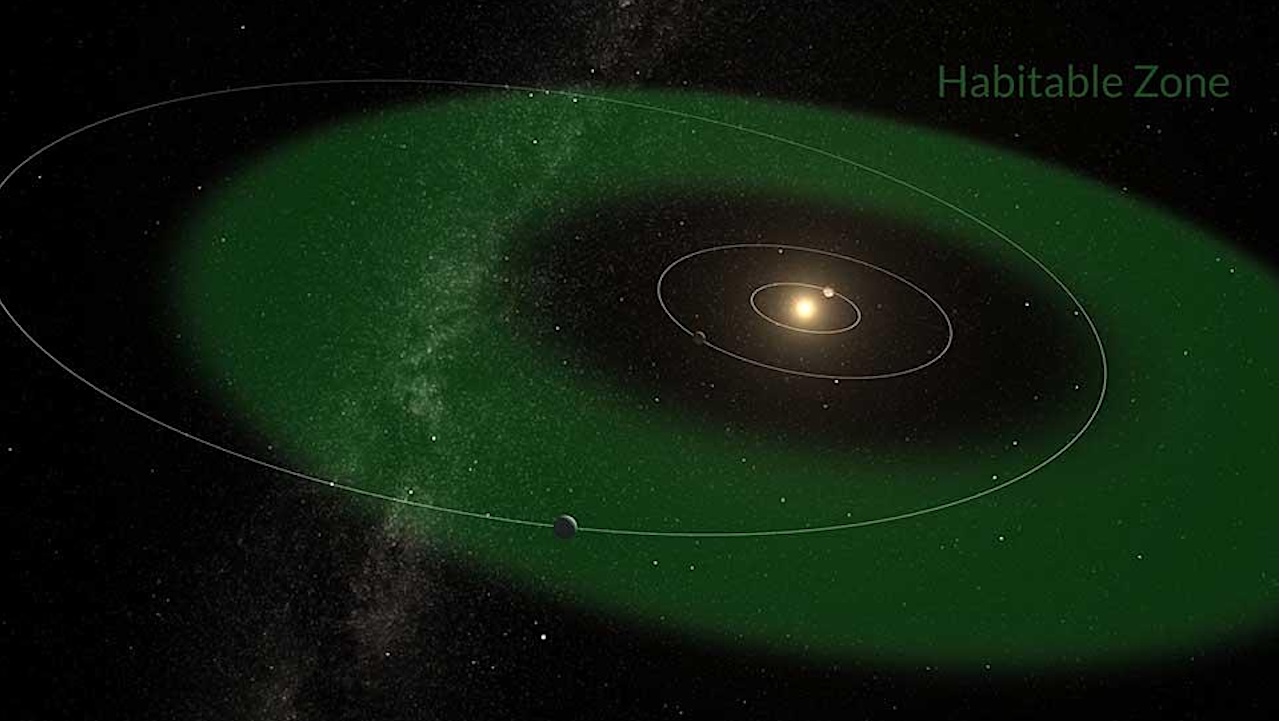
An international team has confirmed the discovery of a super-Earth orbiting in the habitable zone of a nearby Sun-like star.

In a groundbreaking use of teleportation, critical units of a quantum processor have been successfully spread across multiple computers.

Last year, a study proposed that deposits of carbon dioxide ice and other carbon-bearing molecules on Uranus's moon Ariel likely originated from chemical processes inside the moon—possibly even from a subsurface ocean.

The ongoing swarm of earthquakes near Santorini continues to baffle scientists.
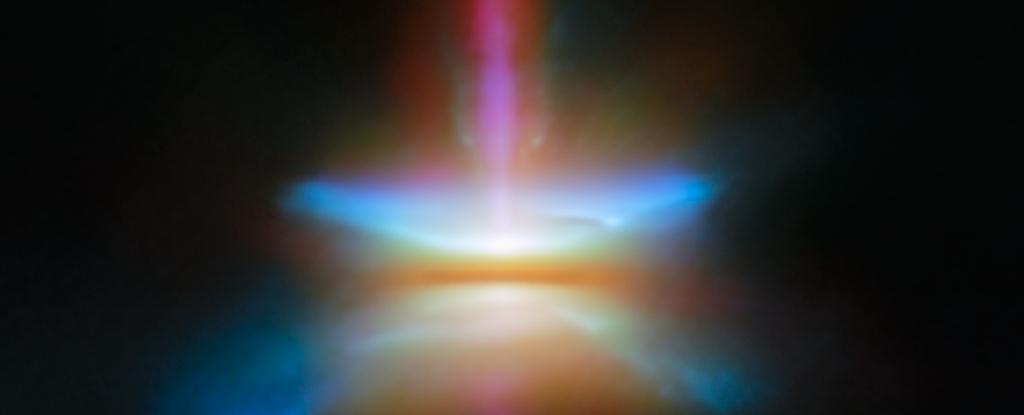
This new image of the protostar HH30 is in amazing new detail thanks to the JWST. The image shows the protoplanetary disk seen edge on, with a conical outflow of gas and dust, with a narrow jet blasting out into space.
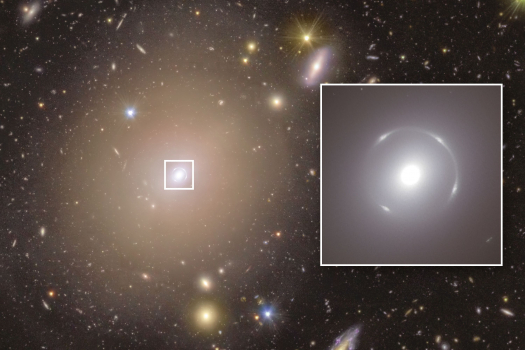
Using the European Space Agency’s Euclid space telescope, astronomers have accidentally found a complete Einstein ring around a nearby galaxy known as NGC 6505.
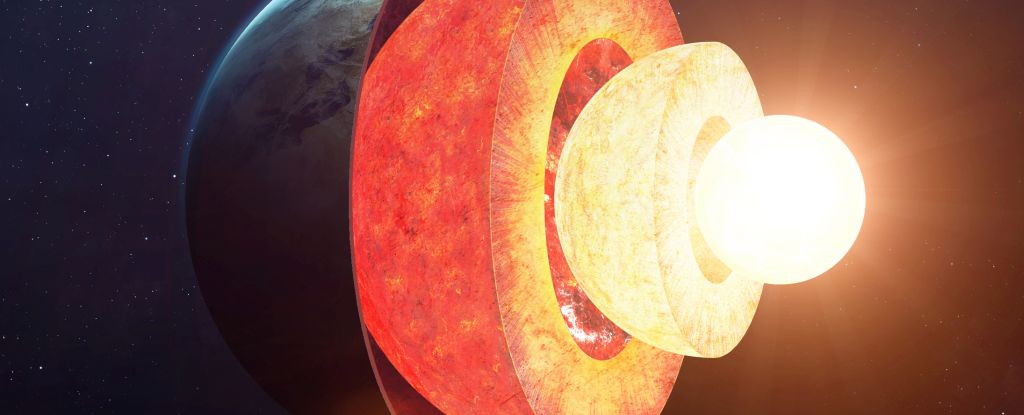
The internal, infernal machinations of our planet may be way more complex than we suspected.

Team of international researchers have recently discovered a strange new state of matter in the dynamics of currents flowing through layers of graphene.
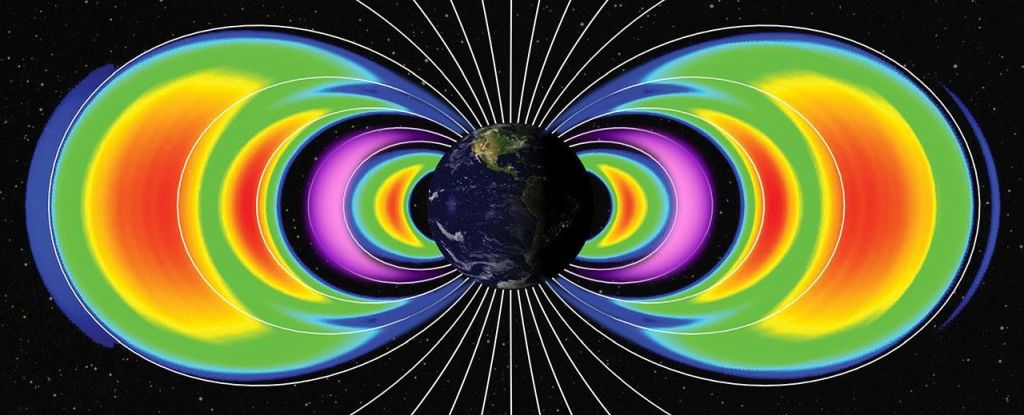
In the months following massive solar storm in May, 2024, Earth was girded by two new, temporary radiation belts of high-energy particles, trapped by the planet's magnetic field.